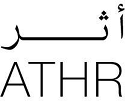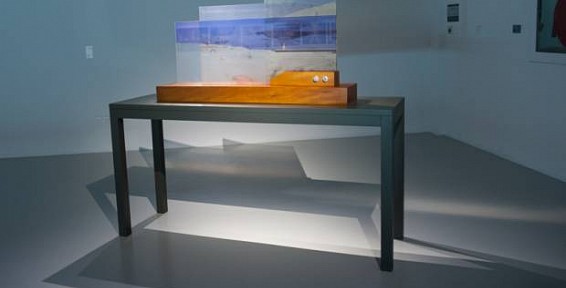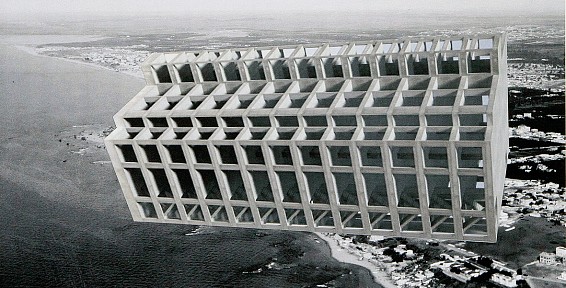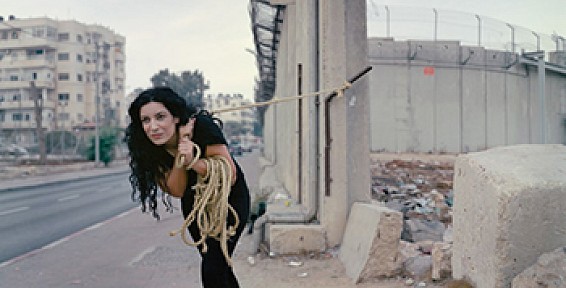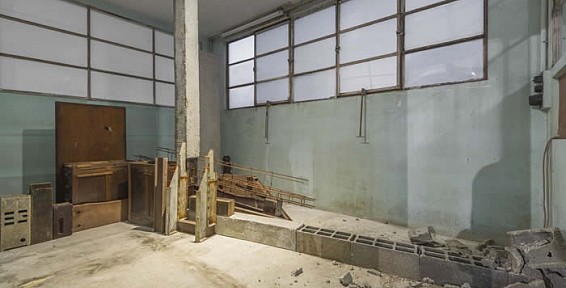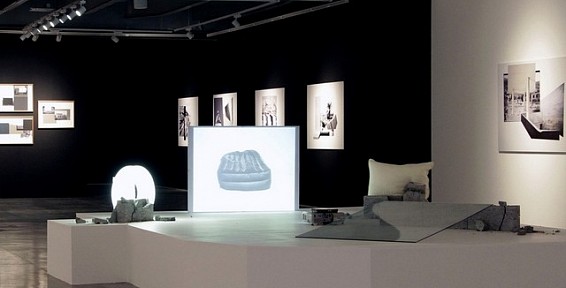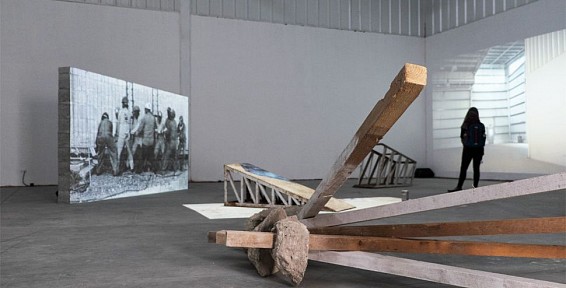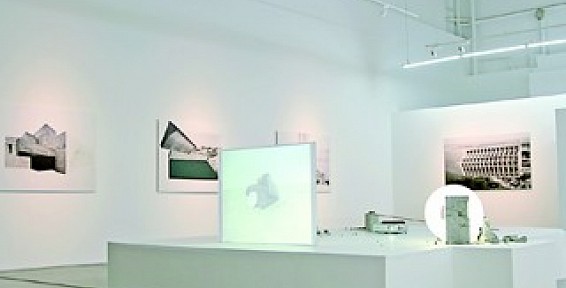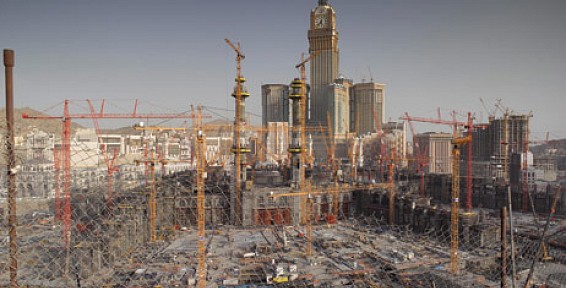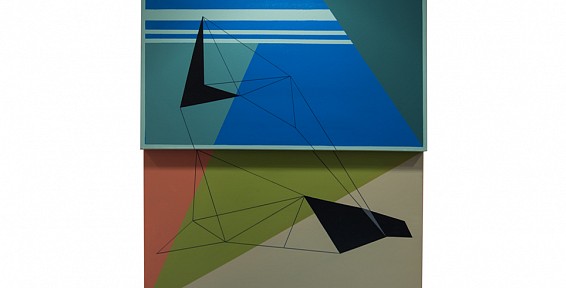New perspectives into UAE’s ‘cultural mix’
March 16, 2016 - By N. P. Krishna Kumar for Gulf News
Palestinian artist Harb, who shuttles between Dubai and Rome, in his sculptural installation titled Unlimited Progress, presents the interplay between time and urban change in a fast-developing city such as Dubai, where large tracts of desert give way to urban expansion. Harb, who visited Dubai first in 2012, has been interested in architecture and urban development, and the city has provided him the backdrop to examine the “co-related relationship between progress and time”.
